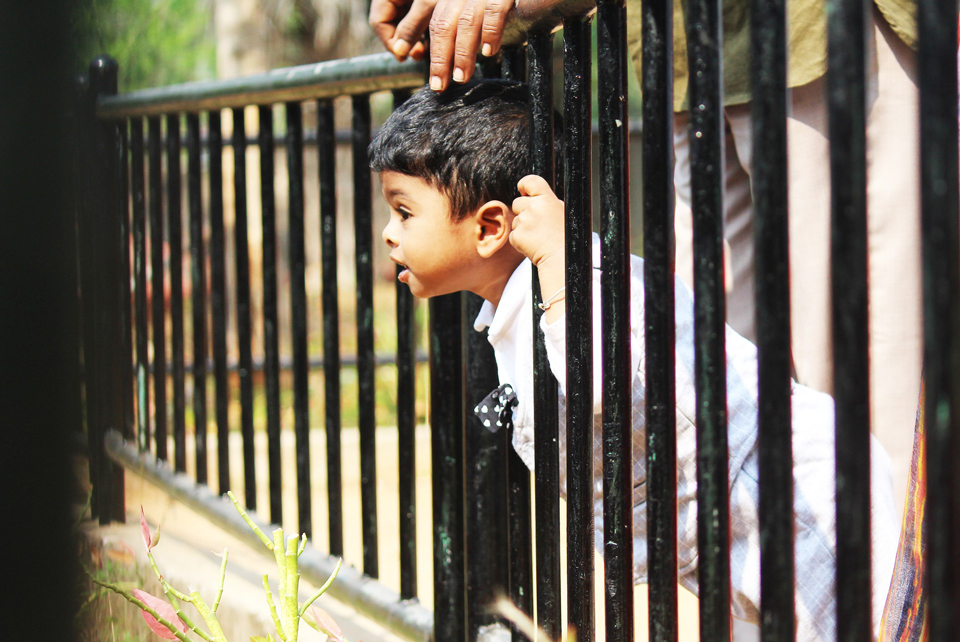Challenge the high learning potential brain to be inquisitive, happy and flourishing.
What hobbies, facts or experiences intrigue your young person? Use these as a springboard to further pique their curiosity. With sensitivity, challenge their opinions. Ask them “What would happen if…?” Reward signs that they are willing to be curious and encourage them to question through hypothesising or (safe) experimentation.
Why Should You Encourage Curiosity?
Curiosity is associated with the development of many positive strengths in life, including:
- Happiness: Of the 24 possible ‘basic human strengths’ identified in a large study in 2004i, curiosity was one of the top five strengths most strongly linked to life fulfilment and happiness.
- Intelligence: Curiosity can be both a sign of intelligence and a tool that promotes growth. Nearly 2,000 ‘high novelty-seeking’ (very curious) 3-year-olds were studied. By the age of 11, they were found to have superior scholastic ability, more advanced reading skills and their average scores were 12 points higher on total IQ than peers with low levels of curiosityii.
- Relationships: Healthily curious people tend to ask more questions of friends and take a genuine and fun interest in them. This supports the development of good relationships.
- Resilience: A child with high learning potential often feels anxiety around not knowing all the answers immediately. Helping them to develop their curiosity changes their mindset – it means that the answers are as yet unknown – and that is the fun of it!
- “Curiosity and honesty”: In the results, presented in 2016, of a survey targeting nearly 500 astronomers, earth scientists, biologists, chemists and physicists who had been honoured in their fields, curiosity and honesty are the two leading core traits of exemplary scientists https://research.msu.edu/survey-shows-scientists-value-honesty-curiosity/ . Nurture these traits!
Promote Curiosity with Fun Questions
- Ask often: “Who? What? When? Where? How? Why?”
- Extend these questions so that your child explores their own opinions. For example, “How do you think this would change because of different amounts of money / religious beliefs / being on (a named planet) / the time of year / social distancing guidelines / environmental concerns…?”
- “What if…?” Make it a habit to be inquisitive. When preparing lunch, ask “Could we grow new vegetables from these end pieces or peelings?” Discuss your ideas in detail – and test out crazy theories! (Or, in this case, visit https://www.ruralsprout.com/regrow-vegetables/…)
- Everyday objects can be fascinating. Has your child ever seen a pair of binoculars, corkscrew, old-fashioned telephone or VHS tape before? What could it be? How might it work? Would it be ok underwater or in a cartoon…?
- “Would you rather?” is a popular discussion game you could add to with follow-up questions such as “Why?” or “Even if you were a dolphin…?”
Be Curious with Arts Activities
Storytelling: what happened next? Hypothesise on a real-life story or fable and reveal developments one at a time. Was it what you expected? Why (not)? Who might have appeared next and what effect would that have had?
Create a character to star in your own story. The British Library guides you on how to write an animal tale, using as examples The Gruffalo, The Tiger Who Came to Tea –and also a medieval book from 1240! https://www.bl.uk/childrens-books/activities/write-an-animal-tale All three blend amazing reality (e.g. tigers, rhinos and insects) with the fantastical (e.g. unicorn and Gruffalo). How does your young person feel about mixing things up like this? Would their real or imaginary animal(s) talk in a human language? Why? Might the creatures learn from each other? How? Where could they each go? What music would they like…?
Inspired by illustration? Watch Axel Scheffler draw a Gruffalo at https://youtu.be/FcM7xERFttk, or see https://www.bl.uk/childrens-books/videos/axel-scheffler-how-to-draw-a-gruffalo. Is your child interested by his use of different media (e.g. the initial outlines or later ‘fur structure’)? Why do they (dis)like Scheffler’s style? Let them find inspiration in The Tate’s online art categories https://www.tate.org.uk/art/art-terms and run wild with Salvador Dali or make Pop Art like Andy Warhol at Tate Kids, https://www.tate.org.uk/kids. Which style(s) would be interesting for the creation of a character or prop for a story or game?
Medieval manuscripts and their design styles or philosophies may pique your child’s interest. The British Library’s colourful resources are a true ‘A to Z’ of everything from the Arabic 10th-century Qur’an written in Eastern Kufic script … to Zoroastrianism, one of the oldest living world-religions, https://www.bl.uk/sacred-texts. Why are they curiously cool to study or recreate? What links are there to other art styles, languages or historical reference points?
Investigate through S.T.E.M.
Light Labs are perfect for curiously mixing projected colours, shapes and light patterns and use only simple elements like coloured-water, glass jars and torches https://www.tate.org.uk/kids/make/performance/make-light-lab.
Dyson’s Challenge Cards bring together 44 engineering and science scenarios, downloadable for free from The James Dyson Foundation, https://www.jamesdysonfoundation.co.uk/resources/challenge-cards.html. Spark curious discussion with questions like “Can you build a spaghetti bridge that’s strong enough to hold a bag of sugar?”. Attempt the experiment or watch online as Dyson engineers tackle some examples.
Questionnaires composed by your high potential learner on any subject of particular interest to them could be put to friends, family or neighbours – even over email or video chat. (See also ‘Family’ below.) How do they want to interpret and display their findings? Keen mathematicians might plot the results on a graph or Venn diagram and then lobby their local MP! What other options and ‘next steps’ are there?
Explore Your Family
Find out more about your friends and family. Play ‘20 Questions’ to learn fun facts about them and ‘when’, ‘where’, etc.
Interviews or questionnaires can start with your child’s own interests and then get them curious! For example, if they are fired up by football or fashion, ask if their carers or grandparents wore ‘club’ shirts, branded t-shirts or lycra? Why (not)? Is this what they expected? How do their siblings and friends dress? What might their own children wear or ask in the future?
Birthplace and belonging. Where was the young person born and to which country(ies) or culture(s) do they feel that they belong? What do they think makes a family? How is their own family put together? The British Library celebrates the diverse bonds in today’s society and can provoke discussion through stories about the nature of Home, Family and Belonging in Children’s Books, https://www.bl.uk/childrens-books/articles/home-family-and-belonging-in-childrens-books.
A ‘friends or family’ tree can be a fascinating project for those curious about their heritage or sense of belonging. How would the most important people be selected?
High Learning Potential
Why not run your own ‘Be Curious’ weekend? Create your own version based on Potential Plus UK’s 2019 weekend (Be Curious Weekend 2019; Being Curious at Beaumanor Hall). Some activities could be tried at home, in the garden or a school playground.
- Indoors: try a Victorian school day; code-breaking; exploring the Census; and living life before ‘mod cons’, such as hand-pumping water, tub-washing clothes and squeezing out water with a ‘mangle’ or gadget you have made yourselves!
- Outdoors: create a shelter; build a bridge; construct and race basic ‘barrel and pole’ buggies; or explore ancient Celtic beliefs and paint yourself blue!
Blogs from Potential Plus UK
Potential Plus UK’s blogs often include great ideas for stimulating curious thinking. Why not try the following and if they make you curious then explore our site for more:
- Creative Thinking: Go for a Burst sets you up for ‘conversational brainstorming’!
- Firework Activities spark ideas for a huge range of cultural, scientific and creative projects all year round.
- Grow Their Giftedness: Tips and Activities for Children with High Learning Potential
Keep Curious – and Be Happy!
[i] Christopher Peterson & Martin Seligman, (2004). Character strengths and virtues: A handbook and classification.
[ii] Raine, Reynolds, Venables & Mednick, (2002). Stimulation seeking and intelligence: A prospective longitudinal study. Journal of Personality and Social Psychology, 82(4), 663–674.
Skills Builder

About the author: Gillie Ithell is a writer and editor for Potential Plus UK with a B.A. degree in Modern Languages & Communication. Having worked internationally as content manager of classic board games and ‘edutainment’ software, Gillie now writes to inspire others like herself; on a daily journey with High Learning Potential.






